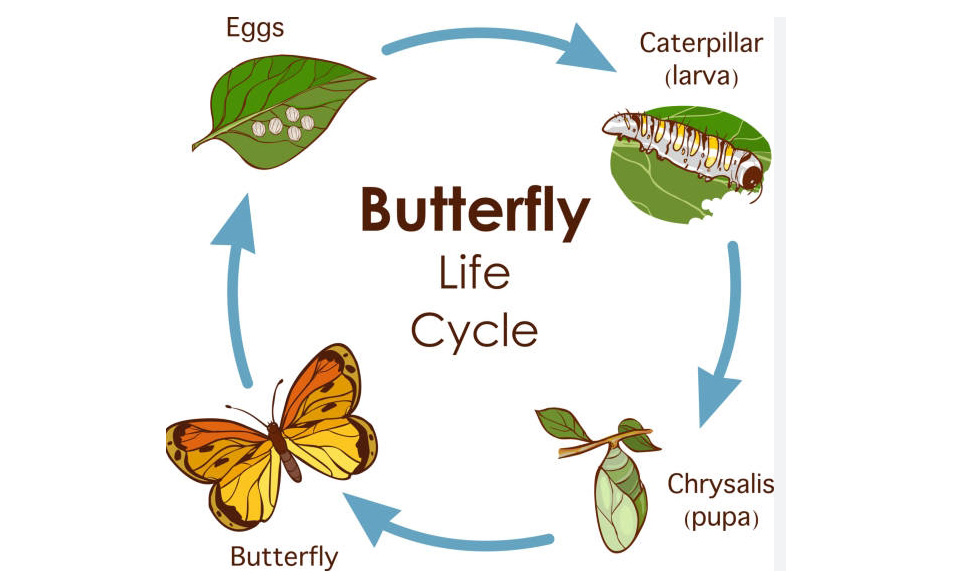Cat Nail Clippers: A Guide to Keeping Your Cat’s Claws Trimmed and Happy
When it comes to caring for our feline friends, maintaining their nails is often overlooked. Regular nail trimming not only promotes good health but also enhances your cat’s comfort and the safety of your home. In this blog post, we’ll explore the different types of cat nail clippers, techniques for effective trimming, and tips to make the process smoother for both you and your cat.
Choosing the Right Nail Clippers
Selecting the right type of nail clippers is crucial for an effective trimming experience. There are various styles available, including guillotine, scissor-type, and electric clippers. Guillotine clippers allow for precision, making them a great choice for cats who may be a bit squirmy. Scissor-type clippers are often preferred for their ease of use, especially for thicker nails. Electric clippers can be excellent for those who prefer a quieter option, although they may require some getting used to by both pet and owner. Picking the right tool will make the trimming process quicker and more efficient.
Tips for a Stress-Free Trimming Experience
Trimming your cat’s nails doesn’t have to be a stressful ordeal. Start by making the experience positive: reward your cat with treats and praise before, during, and after each session. It’s also helpful to get your cat accustomed to having their paws handled long before you even bring out the clippers. You can gently massage their paws and claws while they are relaxed, so they associate this touch with comfort. When you’re ready to trim, choose a well-lit area where your cat feels safe, and consider having a second person on hand to help distract and soothe your feline friend.
Knowing When to Trim
Understanding when and how often to trim your cat’s nails is essential for their well-being. Ideally, you should aim to trim your cat’s nails every 3 to 4 weeks, but the frequency can vary based on their lifestyle and activity levels. Indoor cats may need more regular trims since they can’t naturally wear down their nails as outdoor cats do. Keep an eye on the length of their claws—if they begin to curl or catch on fabrics, it’s time for a trim. Regular nail care not only helps to prevent discomfort and injuries but also keeps your furniture and skin safe from scratches!
Conclusion
Caring for your cat’s nails is a vital part of pet grooming that can enhance your furry friend’s quality of life. By choosing the right tools, employing stress-free techniques, and knowing when to trim, you’ll ensure that both you and your cat have a positive experience. Ready to make nail trimming a breeze? Explore more resources or consult your veterinarian for personalized advice on maintaining your cat’s paws. Your feline will thank you!




